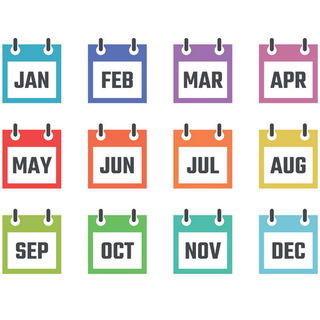The four seasons of the year in the United Kingdom —spring, summer, autumn, and winter—are what determine the weather, the ecosystem, and the hours of daylight throughout the year.
The current season in the United Kingdom right now is Summer.
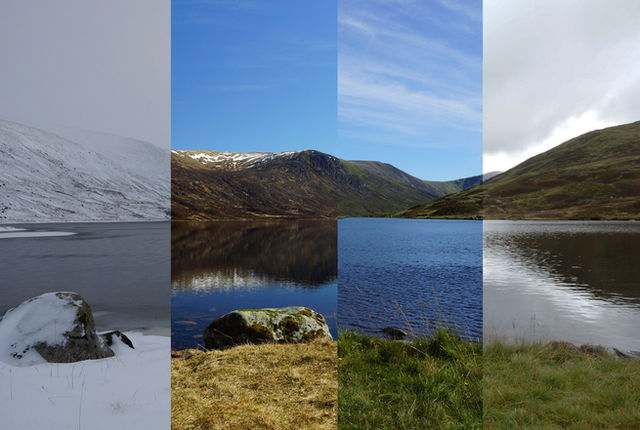
There are different ways of defining the seasons, we can do so either astronomically or meteorologically. The difference is simple, the astronomical seasons go by the Earth's position in relation to the Sun, while meteorological seasons follow the temperature cycle.
When does each season start in 2025?
In 2025, these are the astronomical dates and times for the start of each season:
- Spring: March 20
- Summer: June 20
- Autumn (Fall): September 22
- Winter: December 21
Whilst the dates of the seasons do vary, the variation is only ever by 2 days. The earliest Spring can ever be is the 19th of March, but this is very rare. It was March 19 in 2020, but before that, you have to go all the way back to 1896 to find another example.
Despite the variance being small it can lead to confusion at times when discussing the seasons with people, and for this reason, many prefer to reference the meteorological seasons:
The months of the year
Though they do not comprise the entirety of each month, these are the meteorological seasons:
- Spring months : March, April, and May
- Summer months : June, July, and August
- Autumn months : September, October, and November
- Winter months : December, January, and February
Because the United Kingdom is located in the Northern Hemisphere of the planet, the rule of thumb is that the months of spring through to summer have the hottest temperatures, while the weather gets colder during autumn and winter.
Although the United Kingdom is a small country, there will be some regional variance in the climate. Generally, the country's south is milder and warmer than the north, but the weather can be rainy throughout the year.
Spring
Spring starts on March 20 or 21 and lasts until June 20 or 21.
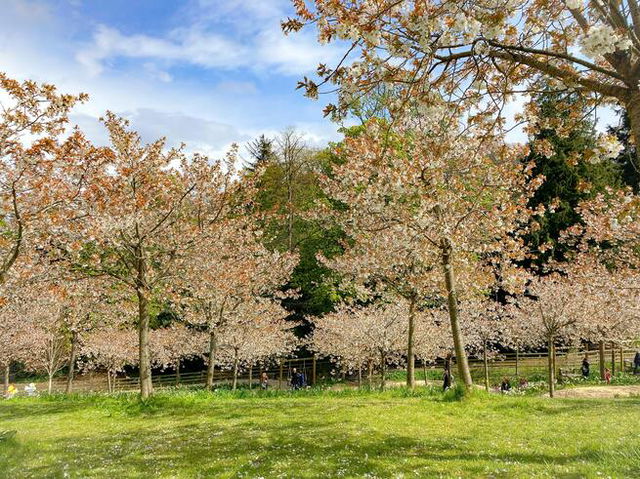
The first day of spring happens on the spring equinox, which marks the astronomical beginning of spring. Meteorologically, spring begins on March 1st.
This season comes after winter and before summer, and is characterized by the temperatures warming and the days getting longer. It is during spring that plants start blossoming for the summer. Typical spring flowers in the UK include Tulips, Violets, and Alstroemeria (Peruvian lilies).
Learn more about Spring Equinox (Start of Spring).
Summer
Summer lasts from June 20 or 21 until September 22 or 23, which places it between spring and autumn.
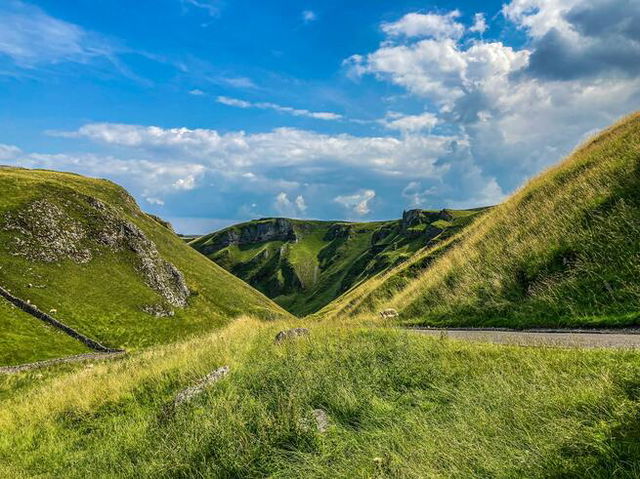
This is the warmest of the seasons, where the temperature rises, and there are more hours of daylight, the days are longer than the nights. The UK weather remains unpredictable, and the temperature can average anywhere between 9 –18 degrees Celsius. The highest summer temperature ever recorded was on July 19, 2022, when a whopping 40.3 degrees Celsius was recorded in Coningsby, Lincolnshire.
The first day of summer is marked by the summer solstice, which corresponds to the astronomical beginning of summer.
Autumn
Autumn begins on September 22 or 23 and ends on December 21 or 22.
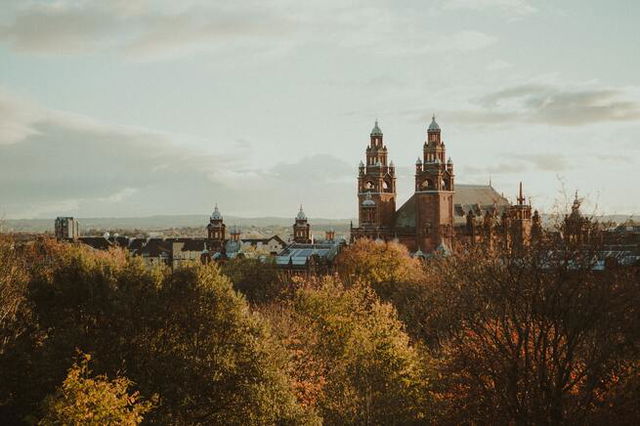
During this season, temperatures start dropping, and the nights start getting longer again. The name Autumn comes from the French word autumpne which originated from the Latin autumnus. The meaning of the word is unclear, but it is certain that this word was in common use before the term fall was adopted.
In some regions, the landscape totally changes during Autumn, with greenery being replaced by bright reds and oranges.
Learn more about Autumnal Equinox (Start of Fall).
Winter
Winter starts on December 21 or 22, and lasts through to March 20 or 21, falling right between Autumn and spring.
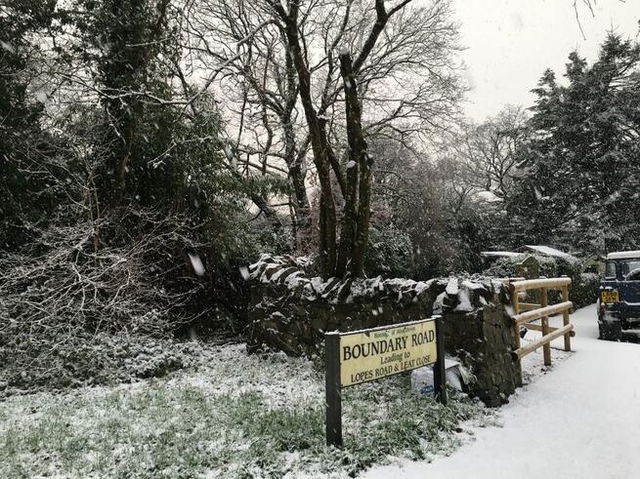
In winter the weather gets colder, with the country experiencing an average somewhere between 2 and 7 degrees Celsius, but large parts of the UK will see temperatures dip below 0 at some point. Many parts of Scotland get some snow cover, particularly the Cairngorms, which has an average of 76.2 days of snowfall or sleet.
The official beginning of winter falls on the winter solstice, the shortest day of the year, which means the nights become longer than the days.
The Seasons of the Year Explained
Many people believe that summer is hotter than the other seasons because it happens when the Earth is closer to the sun, and that when the Earth is furthest from the sun, that's when winter occurs. This is false!
What controls the seasons is the Earth's axis, an imaginary pole that crosses the planet from top to bottom, on which the Earth spins, making one complete spin each day.
This axis is tilted, and when the Earth orbits around the Sun throughout the year, different parts of the planet receive the Sun's direct sunlight. This means that when the North Pole is tilted towards the Sun, it is summer in the Northern Hemisphere. And when it is tilted away from the Sun, that's when it doesn't get as much light and heat, which causes winter and Autumn.
Other seasonal articles you may find interesting:
- First Day of Spring
- Start of Summer
- Start of Fall
- Seasons of India
- Seasons of Australia
- Seasons Of The United States
Hey! Hope you enjoyed this article. Just so you know, it's been sponsored by Texxto.ai, a really cool AI-powered tool that rewrites and improves your texts with one click. Just by signing up, you get 3 free daily uses!
>>> Get Your Texxto.ai Free Account Now! >>>







